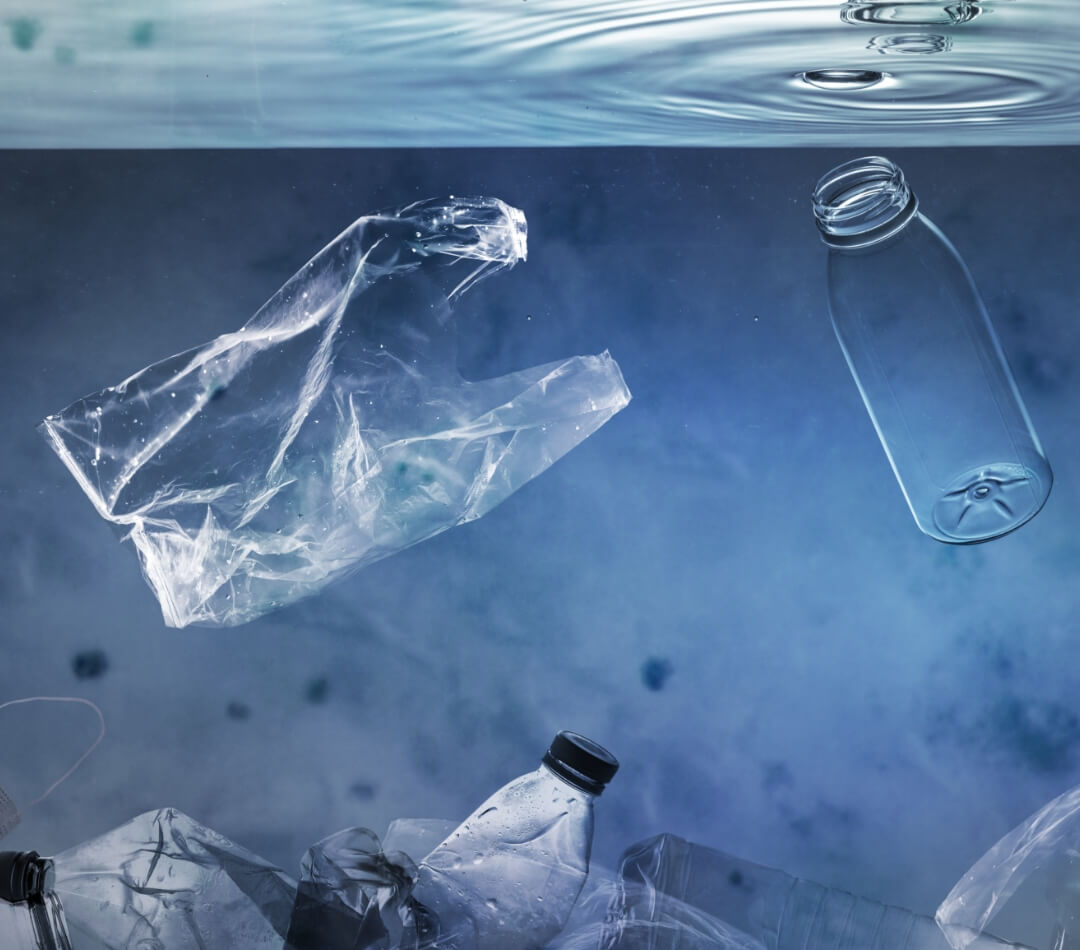Rid of plastic bottles
Because of their lightness and strength, plastic bottles make it much easier to transport liquids. They are the most common container for drinking water today. The polymer most commonly used in the manufacture of plastic bottles is PET, or Polyethylene Terephthalate, which has replaced PVC, which is more rarely used for food packaging because of its toxicity risks. This product, developed in the 1990s, is also one of the most easily recyclable. Nevertheless, in addition to improving our recycling capacities for these plastic water bottle, we can also ask ourselves the question of their gradual elimination to alleviate the ecological disaster threatening our oceans.
The environmental challenges of eliminating plastic bottles

Saving our resources
The manufacture of plastic requires a lot of natural resources, particularly oil and water. It is estimated that to produce a plastic water bottle, it takes an average of 100 ml of oil and 2 litres of water, which creates a paradox.
Protecting our environment and our health
The overuse of plastic has disastrous and irreversible consequences on marine flora and fauna. Microplastics and nano-plastics are ingested by marine animals and some of them end up in fish products. It is estimated that every year around 8 million tonnes of plastics end up in the sea, and this figure is probably far from the reality.
Limiting our CO2 emissions
Worldwide, the annual production of plastics generates 2 billion tonnes of CO2.
This leads us to ask ourselves how we can eliminate these plastic bottles from our daily lives. Here are a few ways.
Improve the availability of drinking water
Many modern improvements already allow us to reduce our dependence on plastic, such as home filters or public fountains.

Improving home filters
The development of home filtration systems is a major incentive to rely on tap water that is purified of suspended solids (TSS). Technological advances in the field allow for professional filtration systems consisting of a succession of filters (sediment filter, UV, UF and activated carbon, ozone filter), as well as reverse osmosis filters, a powerful water filtration system originally developed by NASA and now available to the public.
Water points in public spaces
Another factor leading to the decrease in our consumption of plastic bottles is the reappearance in the urban landscape of water fountains, often developed by private companies, which have understood that there is a renewed need for accessibility to drinking water. These drinking water dispensers, which even exist for sparkling water and are equipped with the latest filtration models, provide access to reusable or recyclable stainless steel or glass bottles.


Rely on alternative containers
Many containers, paradoxically older than plastic, could be given a new lease of life and allow us better access to quality drinking water without resorting to plastic.
- The metal water bottle: whether stainless steel or aluminium, the water bottle is a good alternative to the plastic bottle. It is reusable and has the advantage that it does not alter the taste of the water it contains. There are also purifying models, which have a straw with micro-filters that stop most bacteria and a carbon filter that filters out pollutants.
- The glass bottle: infinitely recyclable and therefore eminently economical, glass contains no polluting or harmful substances. However, this material has two disadvantages: it is heavy and breakable.
- The terracotta carafe: the traditional and ecological solution. The clay carafe is known for its natural cooling capacity.
A final word
Even though plastic bottles are generally made of PET, the plastic with by far the best collection and recycling rate, it is essential to rethink our relationship with the consumption of these products, which are expensive to manufacture and devastating for the environment.

